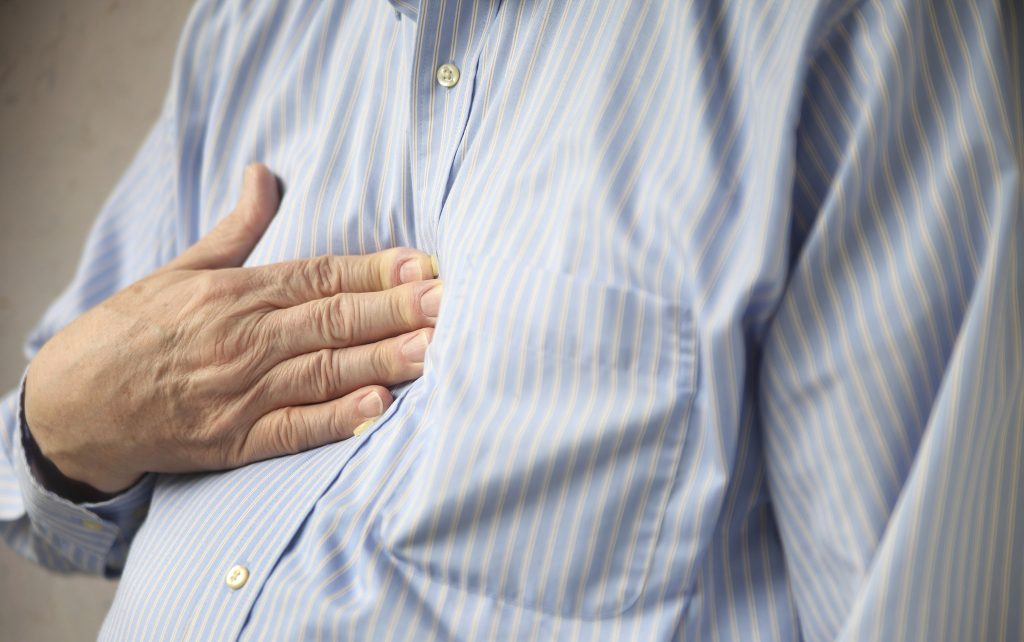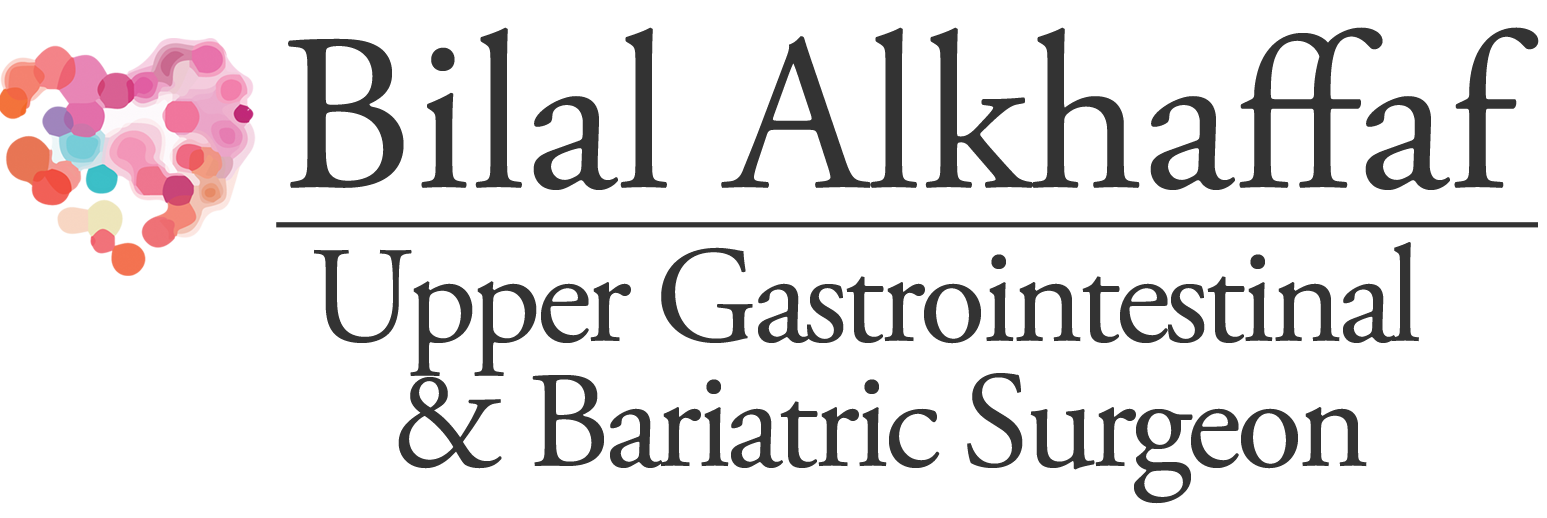
What can you do to get rid of your acid reflux symptoms once and for all? We cover the basic steps and some of the other options available for severe acid reflux also know as Gastro-Oesophageal Reflux Disease (GORD or GERD).
What is Acid Reflux?
Acid reflux is caused when acid which the stomach makes to digest food, washes back up the food pipe or oesophagus. The symptoms caused by this ‘reflux’ of acid include a sensation of burning or pain behind the breast-bone which can last for minutes to several hours. Reflux can also lead to a sensation of food sticking at the bottom of the oesophagus and vomiting. In severe cases, acid reflux can cause bad breath, damage to teeth and recurrent chest infections. Most of us will suffer from acid reflux or heartburn at one point or another during our lifetime. But for some, it can become a chronic problem which impacts on our quality of life.
Step 1: Modify Your ‘Lifestyle’
Several risk factors related to our ‘lifestyles’ can directly worsen acid reflux.
Food – not just what, but also when: Lots of foods can bring on reflux and heartburn and you should do your best to cut them down or avoid them altogether. These include spicy and fatty foods, food and drink containing caffeine (e.g. coffee and chocolate), citrus fruits (e.g. tomatoes) and alcohol. But what is just as important is the size of the meal and when you eat it. Eating late at night and sleeping on a full stomach will likely make your symptoms worse, so you should try to give your stomach enough time to empty before going to sleep.
Cut out the stress: We know that stress can lead to or worsen acid reflux symptoms. And whilst it may not be easy to completely cut out stress in our hectic lives, it is always beneficial to try and lessen the impact by finding time to exercise or by finding activities that take our mind off stress.
Lose that weight: We aren’t exactly sure why being overweight makes reflux worse, but weight gain can to be linked with a diet of bad food (see above) and conditions such as hiatus hernia which are risk factors for acid reflux disease. What we are certain of is that losing weight brings fast relief to many people’s symptoms.
Stop smoking: Smoking is thought to relax the ring of muscle at the bottom of the food pipe (lower oesophageal sphincter) which acts as a barrier to acid from the stomach. As a result, stopping smoking often causes reflux symptoms to improve.
Step 2: Medication
If lifestyle modifications haven’t done the trick, then your doctor may try you on one of a number of anti-acid medications.
Gaviscon: You can buy Gaviscon over the counter at supermarkets and pharmacies. It works by forming a barrier on top of the stomach contents and keeping the acid in the stomach. Many people find that this helps tackle their symptoms in the short term.
Anti-Acid Tablets (Proton-Pump Inhibitors): Your doctor may prescribe you a tablet ending in ‘azole’ (e.g. Omeprazole, Lanzoprazole or Rabeprazole). These tablets are usually taken once a day but can be taken more than once in severe reflux disease. Proton pump inhibitors work by blocking acid production in the stomach. For many, these tablets are enough to control their symptoms. However, we are now discovering that the long-term effects of these medications may be harmful to bones and kidneys and may be linked to cancers in higher doses.
Step 3: Endoscopic Treatments & Surgery
Steps 1 and 2 aim to relieve the symptoms of acid reflux, but do very little to treat any underlying abnormality such as a hiatus hernia. Nonetheless, for many people, symptom control is sufficient. Some people however find little relief with medication or do not wish to be on tablets for the rest of their life. In these circumstances, other treatments can be considered.
Endoscopic Stretta Therapy: This is a new ‘scarless’ procedure which involves using a camera (gastroscopy) to apply radio-frequency waves into the muscle around the lower part of the food-pipe (oesophagus). By thickening this muscle, it strengthens the barrier (lower oesophageal sphincter) between the stomach and the oesophagus and results in improvements in reflux symptoms. This is a ‘day-case’ procedure which does not require you to stay in hospital.
Linx Procedure: The Linx system is a keyhole procedure which involves placing a string of magnetic beads around the lower oesophagus. It works by strengthening the lower oesophageal sphincter and reducing the amount of acid that washes back up into the oesophagus causing reflux symptoms. The long term results are similar to that of the laparoscopic fundoplication procedure (below) whilst reducing some of the unwanted side effects of fundoplication surgery. Most patients can be discharged on the day of surgery.
Laparoscopic Fundoplication: The laparoscopic (key hole) fundoplication is the most established treatment for severe reflux. Amongst its many benefits is that it is tried and tested with excellent long-term results and can be used to treat an underlying hiatus hernia. Most patients are able to go home within 24 hours of surgery.

Mr Bilal Alkhaffaf is a consultant surgeon with a specialist interest in minimally invasive (keyhole) surgery. His area of expertise includes cancers of the upper gastrointestinal tract (oesophageal and gastric cancer), digestive conditions (acid reflux, hiatus hernia and achalasia), gallstones and hernias.
If you would like to arrange a consultation with Mr Alkhaffaf, please call us on 0161 447 6766 or click here.
